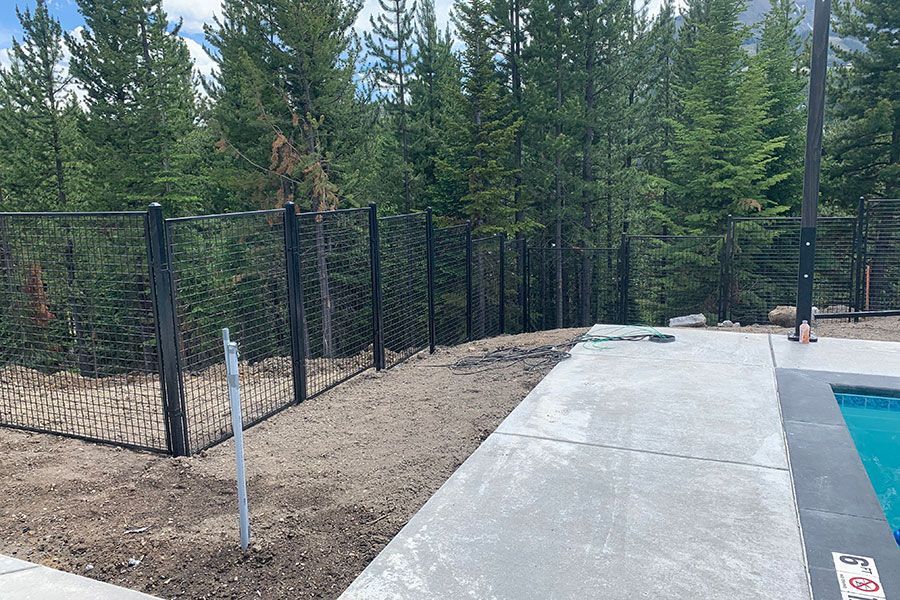Comparing Vinyl and Wood Fencing Materials
When choosing a fence for your property, vinyl and wood are the two most popular options. Each comes with distinct benefits and limitations, making it important to weigh your priorities, aesthetic desires, and budget.
In this article, we’ll compare the key features of vinyl and wood fences to help you make an informed decision.

Pros and Cons of Vinyl Fences
- Durability: Vinyl fences are known for their durability, resisting weather damage, pests, and rot for many years.
- Low Maintenance: Vinyl fences are easy to maintain, requiring minimal effort—just a simple wash from time to time.
- Cost: Vinyl fences may cost more upfront, but their durability and low maintenance can save money in the long run.
- Drawback: The lack of variety in color and style can make vinyl fences less versatile in terms of design.
Is a Wood Fence the Right Choice for You?
- Aesthetic Appeal: Wooden fences have a timeless, natural charm and can be customized with various stains and paints.
- Cost: In terms of initial cost, wood fences are typically less expensive than vinyl fences.
- Maintenance: Regular painting, staining, and repairs are necessary to prevent rot, warping, and pest damage.
- Lifespan: The lifespan of a wood fence can be shorter, particularly in areas that experience harsh weather or humidity.
Is Vinyl or Wood the Best Value for Your Fence?
While vinyl fences tend to cost more initially, they can save you money over time thanks to lower maintenance needs. On the other hand, wood fences may be cheaper to install but require frequent upkeep.
If you’re planning for a long-term investment, vinyl may be the better value. For short-term needs or projects with a tight budget, wood can be a more economical choice.
Which Fencing Material is More Eco-Friendly?
Wooden fences are often seen as more eco-friendly due to the renewable nature of wood. However, chemically treated wood may have a higher environmental impact. Vinyl, while not biodegradable, can last much longer, reducing the frequency of replacement.
Consider sourcing sustainably harvested wood or recycled vinyl for a greener choice.
